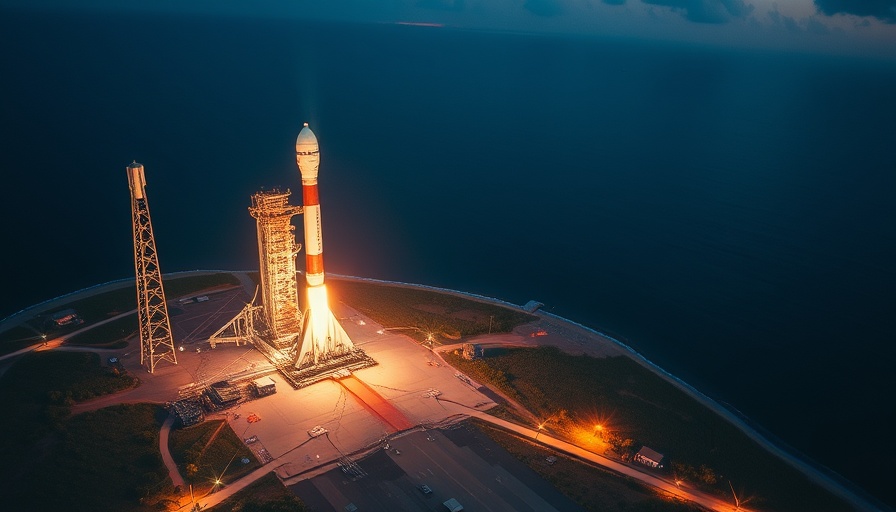
Space Shuttle Discovery's Journey: From Virginia to Texas
On July 4, a significant milestone for space history was marked when President Trump signed what has been dubbed the "One Big Beautiful Bill." This sprawling budget includes an unexpected allocation of $85 million earmarked for relocating the retired space shuttle Discovery from its current home at the Smithsonian National Air and Space Museum to Space Center Houston in Texas. With this move, Discovery's legacy continues, paying homage to the instrumental role Houston has played in America's space endeavors.
A Historic Homecoming for Discovery
The transfer of Discovery is being championed by Texas senators Ted Cruz and John Cornyn, who believe the shuttle's relocation to Houston is long overdue. John Cornyn stated that it is vital to recognize Houston's contributions to America's human spaceflight program by bringing such an iconic spacecraft back to where it belongs. This sentiment resonates deeply with the Texas community, which prides itself on its connection to space exploration.
Innovation in Space Travel: A Tidal Wave of Momentum
This decision not only honors the past but also sets a tone for the future of innovation in space travel. By situating Discovery at a location strongly linked to NASA's Commercial Crew Program, Texas can further solidify its role as a hub for space exploration and innovation. The investment in a facility to house Discovery helps to create a focal point for future generations of engineers and scientists, inspiring renewed interest in space technology and exploration.
Funding and Impact: Allocating Resources Wisely
The budget allocated means that at least $5 million will be dedicated to the actual transportation of Discovery, while the remaining funds will go toward constructing a proper exhibit space. This move underscores the importance of investing in educational resources and exhibitions that showcase human achievements in science and technology. According to experts, such initiatives are crucial for aligning public interest in STEM (science, technology, engineering, and mathematics) and emboldening future talent.
Stirring Public Interest in Space
With the move of Discovery, the potential for increased public engagement with space exploration rises substantially. Houston’s Space Center is poised to become a major attraction, drawing in locals and tourists alike to learn about past missions, current innovations, and the future of human spaceflight. By captivating the audience’s imagination, exhibits that highlight Discovery’s achievements could reignite public interest in space journeys.
Conclusion: A New Era of Exploration Awaits
As Discovery embarks on a new chapter in Texas, the potential for innovation and education expands. This significant shift not only recognizes Houston’s pivotal role in space history but also serves as a reminder of America’s ongoing commitment to space exploration. For those interested in the evolution of space technology and its impact on our future, keeping an eye on this development could provide valuable insights into the direction of the industry.
 Add Row
Add Row  Add
Add 




Write A Comment